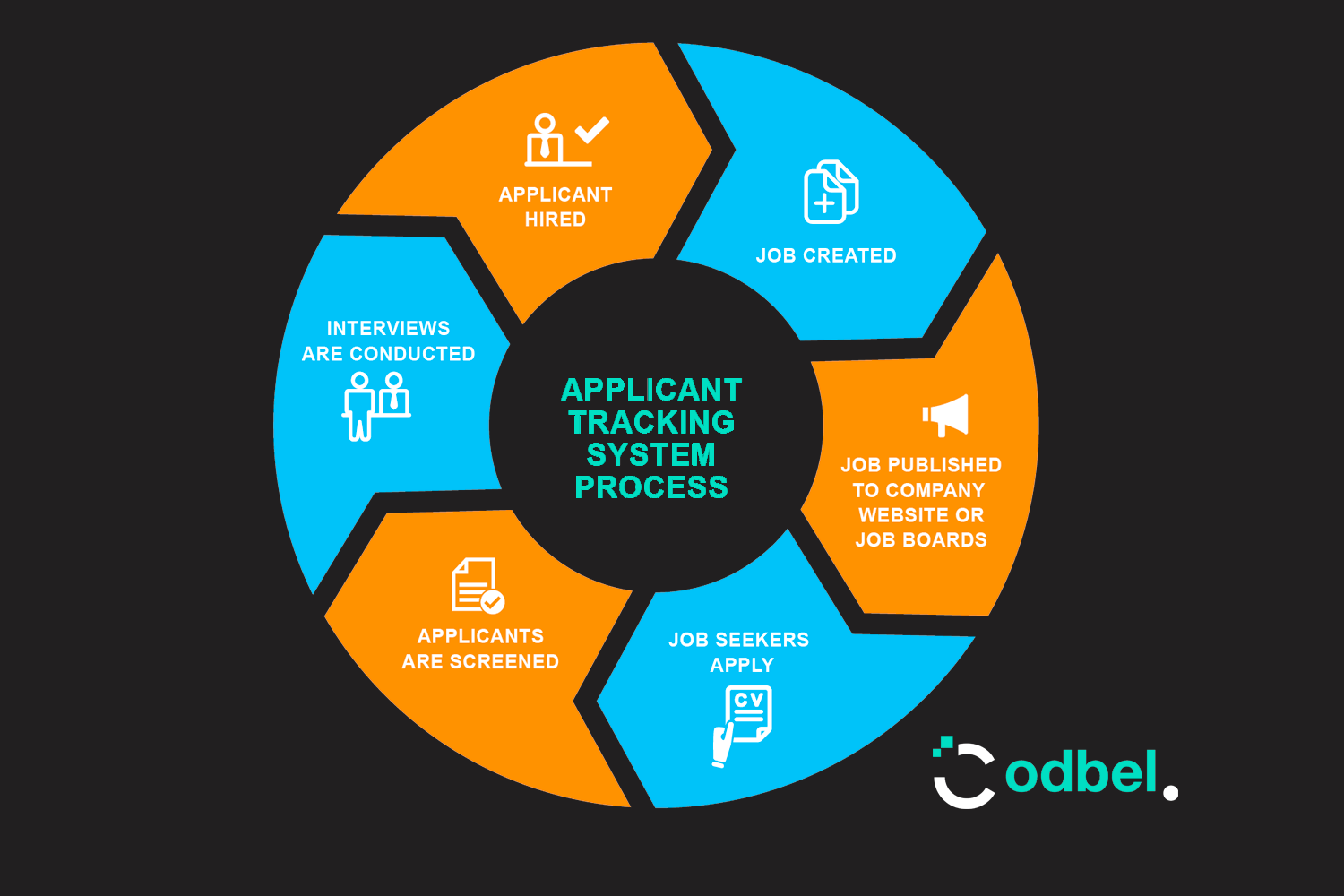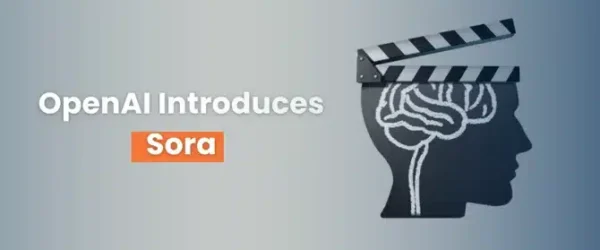AI in Recruitment: How Application Tracking System Helps Businesses and Recruiters
The Applicant Tracking System (ATS) is software that manages and speeds up the entire recruitment process in a company by providing efficient and time-saving tools. Incorporating artificial intelligence into Applicant Tracking System (ATS) software allows for faster recruitment processes without sacrificing quality. AI-powered ATS software creates data-driven reports and customizable analytics to help hiring managers and recruiters easily track the entire hiring process.
Applicant Tracking System (ATS) software provides hiring tools that help recruiters find qualified candidates by filtering, organizing, and optimizing job applications. The Applicant Tracking System (ATS) helps companies organize candidates for recruitment and recruitment. Applicant tracking systems store hundreds of resumes in one place, helping recruiters and hiring managers stay organized and EEOC compliant. Corporate recruiters or hiring managers can then search and sort resumes in a variety of ways, depending on the system they use.
The recruiter looks through the candidates in the system and selects candidates for further work. Instead of answering every question, the recruiter can focus directly on the candidates that ATS has identified as the most suitable. In this way, the recruiter can focus on job and skill assessments that test candidates’ skills. The use of such systems allows the recruiter to quickly identify potentially suitable candidates for available vacancies.
For example, Workables’ AI-powered AI Recruiter searches thousands of online public profiles in seconds to find candidates who match the skills and requirements listed in the job description. Algorithms in AI-based software are able to see the bigger picture and look for candidates who have the potential to be successful in a given role, including candidates who have previously applied for other positions but may be more qualified for that role. With AI-powered recruiting software, recruiters have faster access to the best candidates for every job opening through algorithms that analyze all candidate data without biased decisions.
As you can see, applying artificial intelligence (AI) to recruiting functions allows you to automate some parts of the recruiting process, helping recruiters connect with the best talent faster. In recruiting, AI can learn many of the tasks that recruiters already do on a regular basis, and perhaps even better. While the future of AI for recruiting is still a long way off, it is possible that this technology will replace humans in certain tasks in the coming years. There are good reasons to be optimistic about the emergence of AI in recruiting.
Candidate engagement chatbots, automated searches, algorithms that show jobs to target audiences, and other tools are indeed making their way into the world of artificial intelligence in recruiting, but candidate engagement chatbots have yet to emerge. Some ATS makers have a long way to go to integrate recruiting software that uses AI to source talent and match companies. Companies will also benefit from the ATS tracking system if they have a lengthy or confusing recruitment process or have recruitment and administration issues.
While companies of all sizes can use candidate tracking systems, they are especially useful for companies that regularly hire employees for various positions, or those that are looking to get a large number of candidates for each position. The Application Tracker is a powerful database-like recruiting program that helps you manage your hiring processes and select potential candidates. An Applicant Tracking System (ATS) is software used to manage and automate the recruitment and hiring processes of an organization by providing a centralized location for managing job postings, filtering job applications, sorting resumes, and identifying valid candidates for open positions . This automation feature has made ATS HR software like Oracle Taleo a must for recruiters, with 75% of them admitting to using an applicant tracking system.
There are many benefits to ATS candidate tracking and you can expect improvements in terms of time, cost, and candidate quality. As shown below, organizations using ATS report that they have increased recruiter productivity and monthly hires by reducing recruitment and reporting times. With a high number of applications per job (an average of 250 according to Glassdoor), recruiters need ATS to help them not only automate repetitive administrative tasks, but also keep candidates engaged through constant communication and prescreening. and matching candidates with job offers.
However, the modern ATS goes beyond the basics, offering recruiters useful information and helping them track and evaluate candidates. Taking full advantage of the features available in ATS can help reduce manual processes, attract potential candidates, and ultimately fill open applications with top candidates faster. Learning how to use the features and make the most of the opportunities provided by the ATS system can simplify the application process and help companies a lot.
One downside of these ATSs is that these systems often look for predefined keywords, which can lead recruiters to ignore qualified candidates. Instead of refining the ATS on a specific set of keywords that every eligible resume should contain, the AI helps the system understand the concept the recruiter is looking for so that candidates who just use a different wording aren’t left out. Once a preferred candidate has been identified, the recruiter will typically use ATS to send an offer to the candidate.
Team members and managers involved in the recruiting process can add notes, ask questions, annotate details, and keep track of everything relevant to the candidate. AI can help you find specialized or hard-to-reach roles in a haystack by finding profiles in your talent pool that are similar to other suitable candidates or your high-performing employees. In addition to quick application and feedback processes that make candidates feel valued, organizations need to use software that can find quality leaders and use digital solutions to improve talent acquisition efficiency, especially in today’s world driven by modern technology . With state-of-the-art ATS, recruiters can focus on more important tasks instead of spending hours on useless processes like adding or updating resumes, manually sifting through hundreds of profiles to find the right candidates As well as posting jobs on various websites. employment.





